Salvador, Brazil
I. Caravana Da Mata Atlântica
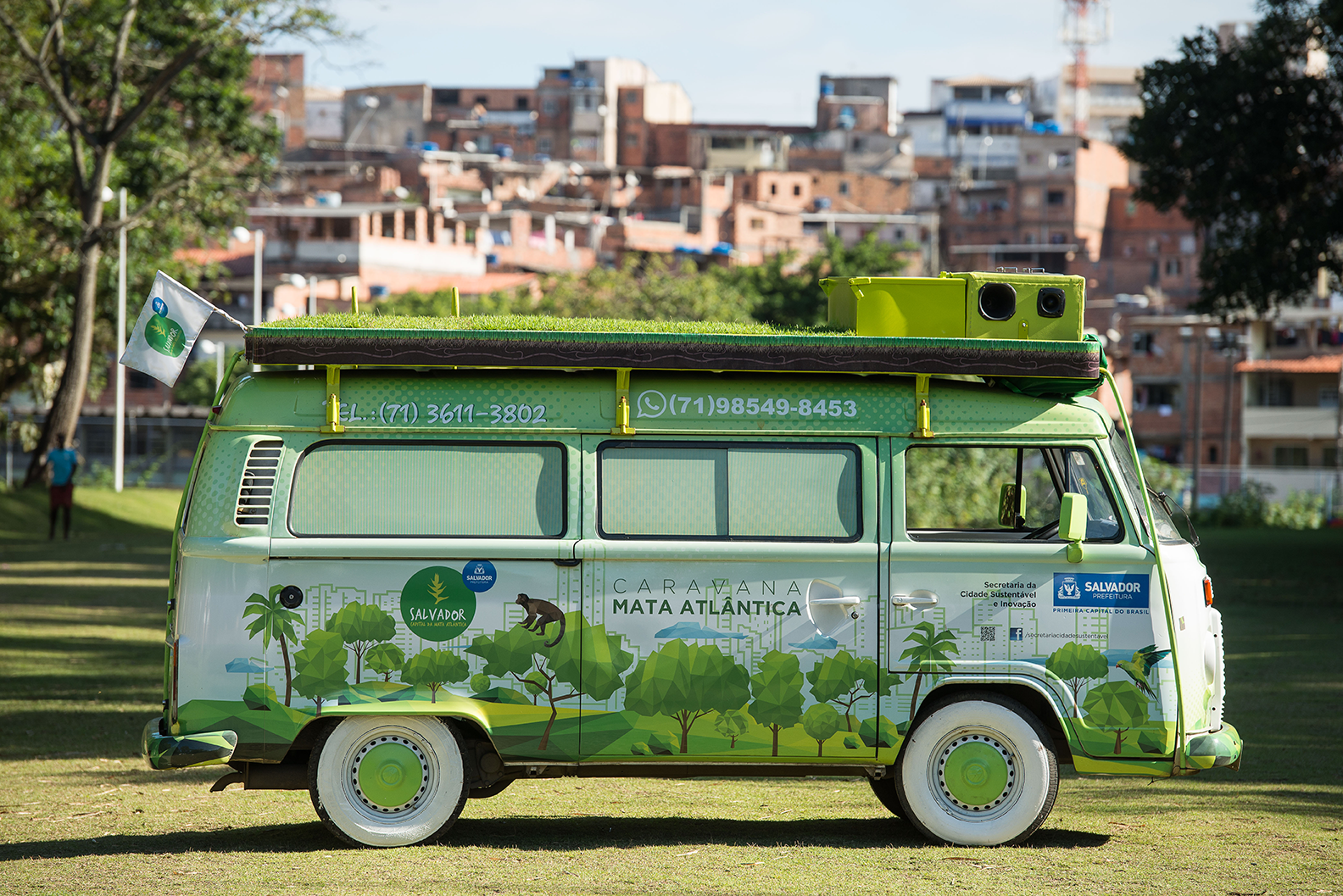
BASIC CITY DATA
Population size: 2,953,986
Population growth rate (%): 0.63
Surface area (sq.km): 693.00
Population density (people/sq.km): 3.859.44
GDP per capita (USD): 4,872.78
Main source of prosperity: Services (tourism included) and trade
ABSTRACT
Caravana da Mata Atlântica is a participatory program that aims on engaging citizens on the planting of trees and create an ecological and sustainable culture in Salvador. It’s an itinerant action in which a specialized team of the Sustainable City and Innovation Secretary (SECIS) develops and implement with a community, a group, students from a school or local inhabitants a landscaping, afforestation or urban garden project.
During the Caravan, SECIS raises awareness for the importance of preserving and protecting the environment, besides stimulating citizens to plant trees and gardens and to demand more green spaces from the public and private sector.
BACKGROUND INFORMATION
The Caravan is taking place under the Municipal Policy for the Environment and Sustainable Development and the Urban Afforestation Directive Plan.
By strengthening efforts to protect Mata Atlântica, which is considered one of the five most important biodiversity hotspots on the planet and function as a carbon sink of global importance, it aims on achieving ODS 11, helping the country to achieve the Aichi Biodiversity Targets agreed at the UN Biodiversity Convention and it’s in accordance with the Paris Agreement.
ORIGINS
Salvador used to have all its territory covered with the Tropical Forest called “Mata Atlântica”, which is considered one of the five most important biodiversity hotspots on the planet and function as a carbon sink of global importance. Nowadays it has very few reminiscent areas of the forest. The deforestation occurred without criteria or any type of control, motivated by the urbanization of the city and by an unsustainable economic development, which cemented existing green spaces and channelled the rivers. According with the National Institute of Spatial Researches (INPE) Bahia was the second state on the deforestation ranking in 2012.
Besides causing the rise in temperatures, creating heat islands and affecting water resources, the deforestation of the city caused many wild animals to invade urbanized areas of the city, creating chaos or endangering either the lives of the animals itself or of humans.
In addition, most of the areas with none or few green spaces and trees are usually inhabited by poorer and vulnerable communities, reinforcing the spatial inequality in the city. As poorer and vulnerable people, including kids and women, have lower access to green spaces or trees and gardens, they are exposed to warmer temperatures, due to heat islands, more polluted air and less natural areas for leisure.
In order to revert this scenario the “Caravana da Mata Atlântica” was created. It aims to change the culture of its citizens by making them aware of the importance of preserving green spaces and of regenerating the environment, diminish the spatial inequality by planting trees and enhancing empty areas with urban gardens in schools and public spaces in poorer neighbourhoods.
Caravana da Mata Atlântica aims firstly at increasing green spaces in the city by planting and distributing native seedlings in schools, parks, squares and creating ecological corridors. Thus its goals for the city is to plant 100 thousand trees and to requalify the gardening and afforestation of 56Km of streets, 260 public spaces, turning them into green spaces and create 7 new parks until 2020. Secondly, it also has the goal of implement environmental education initiatives, such as promoting environmental and sustainable education to kids and citizens, leading to a more sustainable lifestyle up to 2049.
The leading partner is The Brazilian Network for the Mata Atlantica gave advisory technical support for the implementation of the project and the creation of the Urban Afforestation Manual. Ibama also is an important partner, which help us with the recuperation and control of Mata Atlantica’ fauna and flora. Similarly, SECIS partnered with universities and colleges to help with the development of studies, for volunteering work and internships.
To ensure public participation and increase the citizens involved in the project, SECIS made partnerships with many community groups and public- and private-sector organizations to do plantings, urban food gardens and afforestation projects.
One of the main partnerships is with municipal public schools and the Education Secretary to plant food gardens and trees at the school with participation of the students. Other examples are the Hebert Daniel Foundation partnered with SECIS to increase the implementation of urban food gardens in public spaces, and Camisaria Souldilla was an important partner for a big planting event. Similarly, SECIS did a partnership with Bahia Viva Foundation to build a municipal park.
SECIS spent U$ 445,127.00 on the plantation of new trees and U$ 24,226.00 on the maintenance of green spaces. There were also resources invested by partners, such as Camisetaria Souldilla, which organized and invested on a planting event, and Hebert Daniel Foundation, which are not included and considered on the Secretary Budget.
As mentioned before, Ibama and The Brazilian Network for the Mata Atlantica have given technical resources to help SECIS implement the Caravan. And similarly, the Catholic University of Salvador and the colleges Unijorge and Centro Técnico Irmã Dulce have deployed students for volunteer work and developed studies to help the project, giving SECIS human and technical resources.
INNOVATIVE ASPECTS
The initiative can be considered mostly evolutionary, but also revolutionary. When it first started in 2013, it was revolutionary because there was no initiative in Brazil where the government would involve citizens in the planting of trees and urban food gardens, whilst raising awareness for the importance of the environment and encouraging citizens to take care of those areas and trees they were planting. It can be considered evolutionary, because it evolved and improved, incorporating a Disk Mata Atlantica, a number any citizen can call to ask for seedlings or to arrange a planting in his neighbourhood. It also evolved to start encouraging people to take care of the areas and trees they planted and created, by “adopting” these places and by enabling watering cans to the citizens.
And lastly, the development of a comic book on environmental education and sustainable actions is distributed to kids and has helped to change the culture and the importance citizens would give the environment in the city.
The innovation is being applied in the design and implementation of the strategy. The design and implementation are participative, improving as citizens give feedback, as students develop studies about it, and as our technical partners give suggestions for improvement. It also evolves as SECIS measures the outcomes and can better analyse what is producing better outcomes and what needs to improve.
The biggest obstacles are the low availability of financial resources, the socio-economic situation of the city and vandalism.
Financially, even though the environmental budget increased in the past few years, it is still below what would be ideal. Therefore, SECIS is constantly looking for partnerships to maintain and increase the range of the Caravan.
The socio-economic situation of the city, which still lacks basic infrastructure in some areas and has problems with its waste management, basic sanitation, adequate dwellings and high unemployment rates and social inequality, does not allow the prioritization of environmental initiatives and projects by the government. Those problems also make the environmental themes to become of lesser relevance for society, and thus there is some resistance on spending a high amount of money on initiatives such as the Caravan.
Lastly, another obstacle is the vandalism and the theft of trees, which jeopardize some projects and existing green spaces, and inhibits people to plant or make their own landscaping projects and urban gardens
DESIRED CHANGE OR OUTCOME
The changes have been mostly local, at the municipal level. In these past 5.5 years of program, the Caravana da Mata Atlântica achieved 52,520 trees and the afforestation of 77km of streets and avenues and planted 385 trees in avenues and sidewalks around the city. It also produced eight urban food gardens, two orchards and five school food gardens. It also distributed 8,000 tree species from Mata Atlântica to citizens that plant them at their neighborhoods.
SECIS has also been encouraging citizens to plant and preserve the environment and raising awareness of the importance of the environment with initiatives such as the distribution of the Comic Book “Sustainable Group” (characters, stories and comic books for kids that teach environmental issues). This is also helping diminish the financial loss of replanting trees destroyed by citizens, once more citizens take care of plants and are aware of its importance, they fight back against vandalism and deforestations themselves.
Socially, a positive impact perceived was that in the places where the project has been raising awareness of the community and developed environmental projects with them, the plant replacement index has diminished to 5%, as opposed to being 40% in places where the project hasn’t been.
In addition, the program will increase the equity between richer areas that are greener and poorer areas of the city, which there are fewer trees and green spaces, also improving the air quality and diminishing the temperature of those areas. A successful example was the environmental regeneration of an area that was an old dumping ground, where the SECIS planted 400 trees and partnered to plant another 15,000 in the next 4 years.
Similarly, the Park of the City, which was abandoned and was a dangerous place to go, was revitalized, with more than a thousand trees planted there and become a family and community place to go, especially with 1,200 events being held there, which attracted more than 1,200,000 people. Both of these initiatives will help Salvador’s citizen to reconnect with nature and green spaces, and understand the importance of those places for the city and for their wellbeing.
Besides counting the number of new trees planted in the city and of new green spaces, SECIS is also counting the number of trees that are vandalized or stolen and compares it with the previous years in order to measure the plant replacement index. This counting is done physically by its technical team.
The Caravana da Mata Atlântica team also receives feedbacks from the work done with communities and schools, which helps them have a qualitative measurement about the program, that is complemented with newspaper, TV and magazine articles written about the program.
To attain the desired outcome to increase the number of trees planted and of the creation of green spaces in the city, SECIS realized it could not depend solely on the annual public budget and went to look for partnerships with businesses and civil-society organizations. Businesses, associations, NGOs and community groups have dedicated more and more time and resources on projects with SECIS to plant trees, create new green spaces, build urban gardens and carry out afforestation projects.
To fight vandalism and the theft of trees, SECIS developed educational methods to develop future generations that protect and are concerned about the environment. As mentioned before, the partnership with municipal schools include in the planting and food garden project, the inclusion of the importance of Mata Atlantica, the environment and sustainability subjects in classes, projects and extra-curricular activities.
Lastly, the universities and colleges also help to raise awareness of the youth for the theme, not only by offering volunteering, internships and studies in partnership with SECIS, but also by increasing the discussion of the theme within the academic environment, with more degrees related to the area being offered on those institutions and the encouragement of the production of academic articles, researches and extension projects about the topic.
The initiative and its intended changes and outcomes put Salvador as a leading city for the environment and climate change. As an example, the city was chosen to hold the 2019 Latin-America and the Caribbean Week about Climate Change.
Similarly, there was deputies from other States that are demanding its mayors and governors to adopt similar projects.
There is also a growth in the number of environmental start-ups in the city, related to recycling, circular economy, improvement of use of waste water and other potential businesses in the environmental area that were not explored before.
All this will help put Salvador as the main city in Brazil when one think about environment, and even a worldwide reference, attracting sustainable businesses and start ups and increasing the quality of life of its inhabitants.
LEARNING ASPECTS
Other cities can learn the importance of involving citizens in its initiatives and learn how to improve the initiative through feedback and data collected. Besides, they can learn that environmental policies can also help community building and strengthen a sense of community in certain areas
RELEVANCE TO SUSTAINABLE DEVELOPMENT GOALS
Goal 11: Make cities and human settlements inclusive, safe, resilient and sustainable
Target 4: Safeguard cultural and natural heritage
Target 6: Improve air quality and manage municipal and other wastes
Target 7: Universal access to safe, inclusive and accessible green and public spaces, in particular of women, children older persons and persons with disabilities
Goal 13: Take urgent action to combat climate change and its impacts
Goal 15: Protect, restore and promote sustainable use of terrestrial ecosystems, sustainably manage forests, combat desertification, and halt and reverse land degradation and halt biodiversity loss
II. Environmental Recovery Program Of The Canabrava Park

BASIC CITY DATA
Population size: 2,953,986
Population growth rate (%): 0.63
Surface area (sq.km): 693.00
Population density (people/sq.km): 3.859.44
GDP per capita (USD): 4,872.78
Main source of prosperity: Services (tourism included) and trade
ABSTRACT
Canabrava is an area of 52,000m² that used to be a dumping ground for Salvador’ waste from the 1970s up to the year 2000. In 2000 the dumping ground was deactivated and became a municipal park, but after 15 years the area had almost no tree and was not much used by the surrounding community.
Thus, SECIS, in partnership with Odebrecht Ambiental, developed a Reforestation and Carbon Sink project for the area planting 20,000 trees in three phases of the project and using sludge from the city’s sewage, treated by anaerobic digestion, and biosolids from an industrial wastewater plan as fertilizer. Both actions transformed the project in a carbon sink place, besides making it a park again.
BACKGROUND INFORMATION
The initiative is taking place under the Municipal Policy for the Environment and Sustainable Development and the Urban Afforestation Directive Plan.
By planting ipê, pau brasil and sibipiruna trees, all native to Mata Atlântica, it is helping to recover one of the five most important biodiversity hotspots on the planet, in accordance with the Aichi Biodiversity Targets agreed at the UN Biodiversity Convention and the Paris Agreement.
It is also helping achieve ODS 6, 11, 13 and 15.
ORIGINS
Canabrava is an area of 52,000m² that for more than 20 years, from 1970s up to the end of 1990s was a dumping ground for Salvador’ waste, which would produce tons of CO2 and methane gas. People that used to live from the dumping ground would collect recyclable waste and some even food for themselves.
In the year 2000 the dumping ground was deactivated and became a Municipal park, but the dumping ground had left consequences on the soil. Due to years of unregulated waste disposal, Canabrava Park was severely degraded, unable to sequester CO2 emissions, which increases the local temperature and spreads disease. Furthermore, approximately 8% of Salvador’s greenhouse gas emissions are the result of waste, 59% from wastewater plants.
The Program is transforming the area by planting native trees and using treated sludge as fertilizer, capturing greenhouse gases, improving the local climate, and providing green spaces to one of the poorest neighbourhoods in the city.
The initiative plans to reduce 31,500 tonnes of CO2 in the first 12 months and 2,800,000 tonnes of CO2 in the next 20 years. It also plans to plant 20,000 trees there in the next 20 years, increasing the green coverage of the city, improve the city’s air quality and its microclimates.
Reforestation of the park will reduce public health risks for residents in the area, such as respiratory diseases, that are associated with an open-air garbage dump. Also, the Environmental Recovery Program of the Canabrava Park provides a new meeting place for the extremely dense and underprivileged neighborhood, where there are otherwise few leisure options and green spaces.
Lastly, SECIS hopes the planting and the involvement of a university, the private sector and the community on the area will encourage them to help maintain and protect the area.
The program is a partnership with the private sector, where different parties plant and maintain different sections of the park, creating ownership of the program. So far, two large plantations have been planted with the assistance of 300 participants, including environmental engineering students from the local university and inhabitants of the surrounding areas.
One of the main partnerships is with Odebrecht Ambiental, which developed and made available for SECIS a fertilizer produced from the treated sewage of the city and biosolids from an industrial effluent treatment station for the management of the soil and which is a vital part of the carbon sink project.
In addition, the Bahia Association of Forest Based Companies (Abaf) and the Paper, Pulp, Cardboard, Wood Pulp and Paper and Cardboard Artefacts Industries Trade Union of Bahia (Sindpacel) donated the 10,000 seedlings to plant in Canabrava.
The planting was done in partnership with the Jorge Amado University Center (UniJorge) and Revita business, besides some community members.
As mentioned above, ABAF and Sindpacel contributed with the trees seedlings, Odebrecht Ambiental contributed with the fertilizer and Universities and Revita contributed with human resources on the planting day
INNOVATIVE ASPECTS
The initiative can be considered revolutionary because it revitalized an old dumping ground area, which was abandoned, turning it in a carbon sink area, in which were planted trees from the tropical rain forest that are considered endangered species as well as the fertilizer that was used was all made from waste and reused material, helping the environment. It is a pioneer initiative in the country, showing how it’s possible to transform and improve places and spaces for the city and communities' well-being. It was even chosen by the C40 (Cities Climate Leadership Group) as one of the 100 urban solutions that help fight against climate change that can be executed by other cities.
The innovation is being applied in a bigger policy called Caravana da Mata Atlântica, that aims to increase the coverage area of the tropical rain forest in Salvador, because it has been severely deforested.
It is innovative on its design, once the area chosen to be afforested was an old dumping ground, and the fertilizer was also made from treated sewage of the city and biosolids from an industrial effluent treatment station, which also show how materials that were considered waste can be put back in the chain of production, creating a circular economy.
The biggest obstacles were the availability of financial resources, which were below what would be ideal, but it was overcome by the partnerships that donated the tree seedlings and the soil management, besides the contribution of partner with part of the human resources needed.
The socio-economic situation of the community surrounding the project, which still lacks basic infrastructure and has problems with its waste management, basic sanitation, adequate dwellings and high unemployment rates does not allow them to consider the importance of preserving the environment, as they see it as a resource available that they can use. Thus they might cut trees to use the wood in their houses, take its cattle to graze in the few existing green spaces, etc. That was why involving the community and ensuring they would take care of the area was important to ensure the project would be successful.
DESIRED CHANGE OR OUTCOME
The initiative already planted 10,000 trees native to the tropical rain forest, 800 on the first phase and the remaining 9,200 on the second phase, reforesting the area and turning it into a pioneering environmental education program in the country for the population that used to live collecting garbage from the site.
It has also reduced 31,500 tonnes of CO2 in the first year. It was chosen by the C40 (Cities Climate Leadership Group) as one of the 100 urban solutions that help on the fight against climate change that can be executed by other cities.
The metrics being used are based on a study done by the University of São Paulo, which measured how much CO2 each tree from Mata Atlantica absorbs in its first 20 years of life. Thus, SECIS has been using the number of trees planted to measure how much carbon it is absorbing.
To attain the desired outcomes SECIS implemented a new working method in which it did partnerships with the private sector where different parties plant and maintain different sections of the park, in order to create ownership of the program and ensuring that they will help to protect and preserve the park.
The initiative helps to put Salvador in the forefront of cities that are leading the fight against climate change, besides being an example and pioneer on the country. It also strengths its international position on sustainable development and on forums such as the C40 and other international bodies
LEARNING ASPECTS
Other cities can learn how to beautify an old waste dump and use treated sludge as fertilizer as well as how to partner with the private sector to implement a revolutionary project
RELEVANCE TO SUSTAINABLE DEVELOPMENT GOALS
Goal 6: Ensure availability and sustainable management of water and sanitation for all
Goal 11: Make cities and human settlements inclusive, safe, resilient and sustainable
Target 4: Safeguard cultural and natural heritage
Target 6: Improve air quality and manage municipal and other wastes
Target 7: Universal access to safe, inclusive and accessible green and public spaces, in particular of women, children older persons and persons with disabilities
Goal 13: Take urgent action to combat climate change and its impacts
Goal 15: Protect, restore and promote sustainable use of terrestrial ecosystems, sustainably manage forests, combat desertification, and halt and reverse land degradation and halt biodiversity loss
-
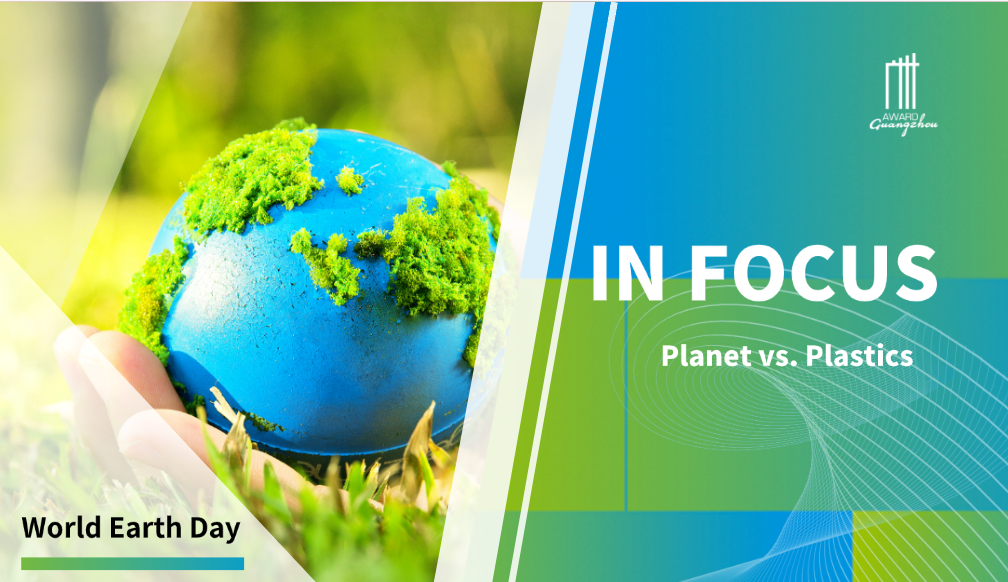 In Focus | The World Earth Day: Planet vs. Plastics
In Focus | The World Earth Day: Planet vs. Plastics -
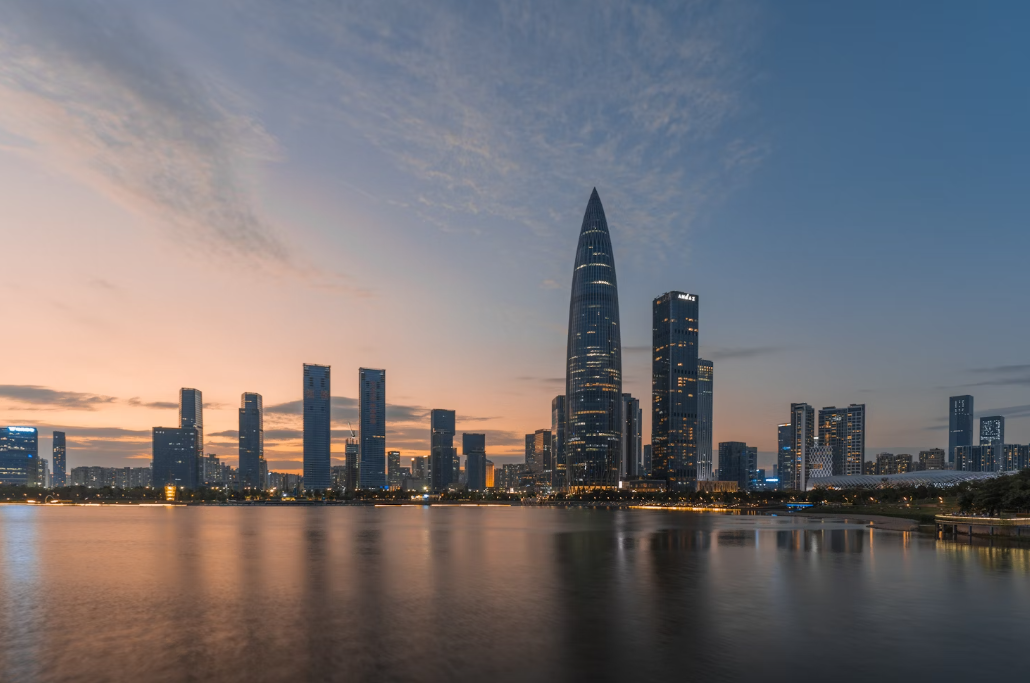 Urban Innovation in China | Shenzhen: How to Maintain Momentum to Achieve Carbon Peak by 2030 While Leading Green and Low-Carbon Development?
Urban Innovation in China | Shenzhen: How to Maintain Momentum to Achieve Carbon Peak by 2030 While Leading Green and Low-Carbon Development? -
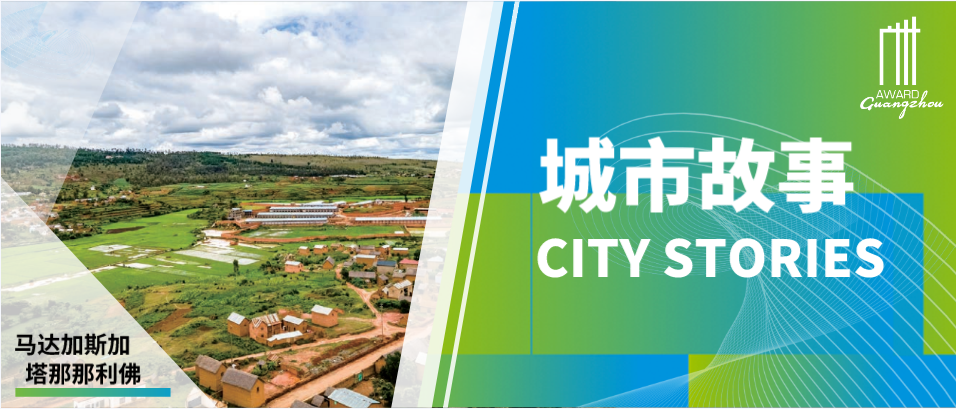 City Stories | Antananarivo, Madagascar: Building Resilience in the City Food System
City Stories | Antananarivo, Madagascar: Building Resilience in the City Food System -
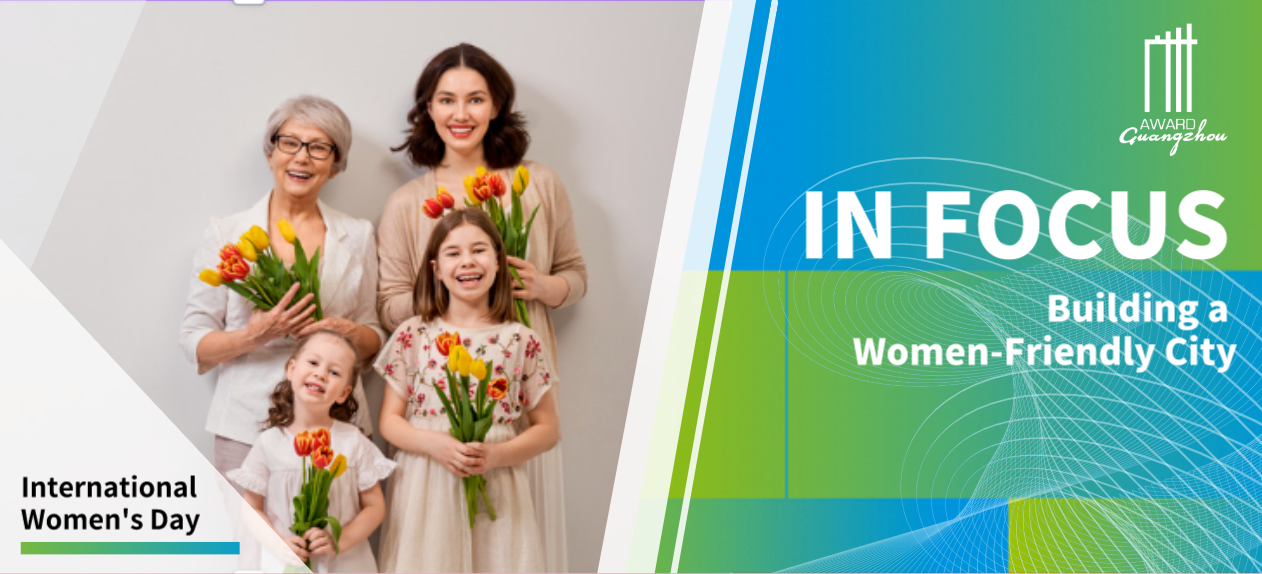 In Focus | International Women’s Day: Building a Women-Friendly City
In Focus | International Women’s Day: Building a Women-Friendly City























 Tel: +86 20 3780 4434
Tel: +86 20 3780 4434 Email: info@guangzhouaward.org
Email: info@guangzhouaward.org Address: Rm 1609, FuLiXinTianDi, No.307 Guangzhou Dadao Zhong, Yuexiu District, Guangzhou, Guangdong, 501600, PRC
Address: Rm 1609, FuLiXinTianDi, No.307 Guangzhou Dadao Zhong, Yuexiu District, Guangzhou, Guangdong, 501600, PRC




